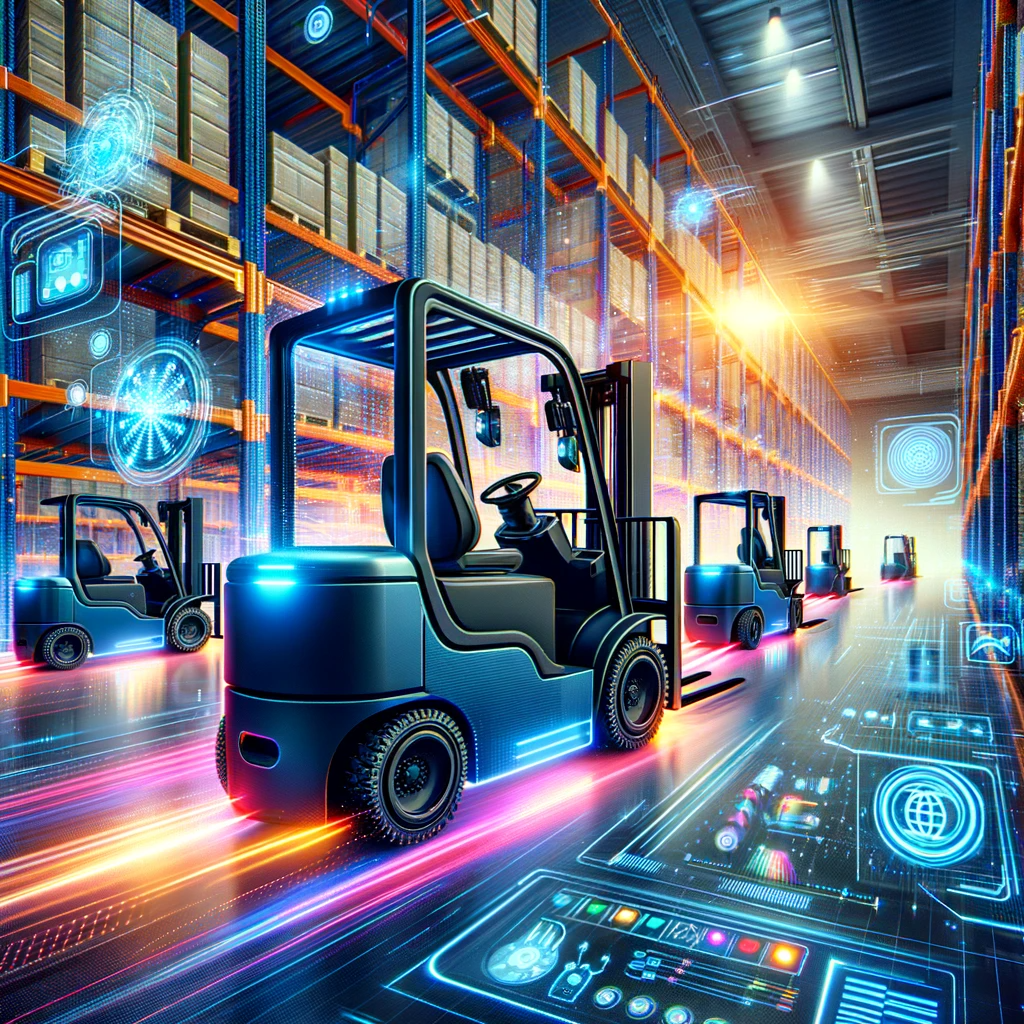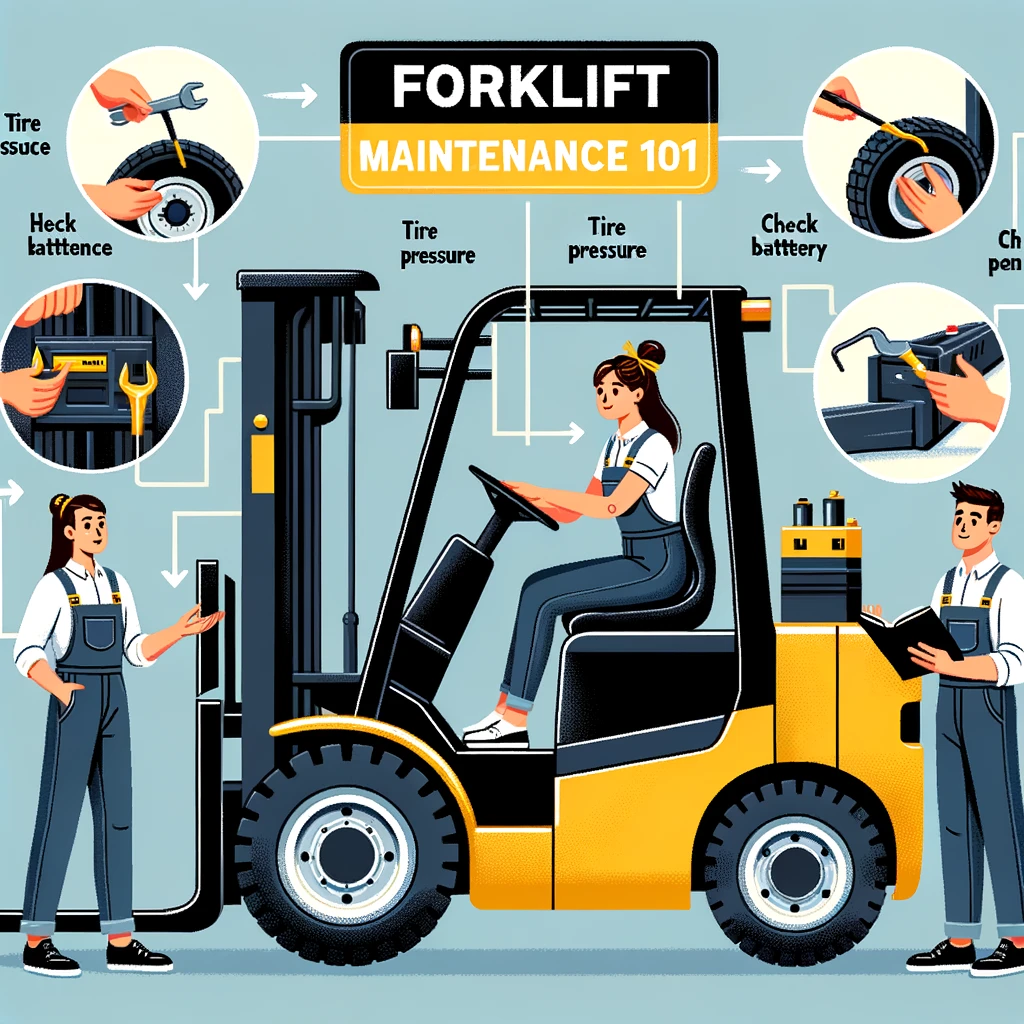The humble forklift, an indispensable tool in modern-day warehouses, has a rich history that spans over a century. A marvel of engineering, the forklift’s journey from its rudimentary design to the technological wonder we see today is nothing short of remarkable.
The Original Fork Trucks
Rewind to 1913, and you’d find a material handling landscape drastically different from today’s. The early concept of a truck lifting loads was merely in its infancy. The industry was abuzz with the invention of a fork truck capable of vertical and horizontal handling. But 1917 marked a watershed moment: Clark Material Handling Company introduced the Tructractor, often considered the genesis of today’s forklift. As word spread about its potential, the Tructractor’s production surged to meet the newfound demand. The stage was set for the forklift revolution.
Empowering the Forklifts
The early fork trucks, while revolutionary, were somewhat underpowered. Enter the hydraulic parts. In 1920, these components were integrated, vastly enhancing the forklift’s prowess. With the advent of the vertical lifting cantilever in 1923 and the introduction of one-faced pallets, warehouses experienced an unprecedented surge in efficiency. The roaring ’20s witnessed a flurry of innovations, from electronic integrations to robust designs using welded joints.
Mainstream Adoption
As more industries began realizing the potential of forklifts, there was a burgeoning need for standardization. The ’30s ushered in a new era with standardized pallet sizes and uniform electronic components for forklifts. As the forklift ecosystem matured, prices stabilized, and the focus shifted to further technological enhancements.
Technological Leapfrogs
Safety and efficiency became the buzzwords in the subsequent decades. Protective cages, backrests, and advancements in power sources transformed the face of forklifts. While internal combustion engines had been the mainstay, the 1950s witnessed the rise of battery-powered forklifts, with their eco-friendliness and recharging capabilities. The dawn of lithium-ion batteries further elevated the electric forklift game. Yet, in many sectors, I.C. engines remain indispensable, with models like Toyota’s 4-Y leading the pack. Today, onboard computer systems make inventory management a breeze, and design enhancements allow for greater maneuverability and space optimization.
Conclusion
From its inception in the early 1900s to its current state-of-the-art form, the forklift’s journey has been a testament to human ingenuity. Today, half a million operators harness the power of forklifts daily, underlining their pivotal role in driving global commerce. As we stand on the shoulders of a century of innovations, one can only imagine what the future holds for this mechanical marvel.




